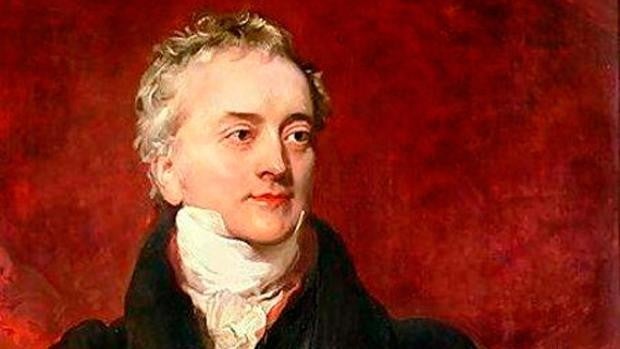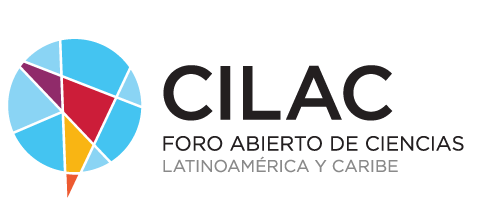 The concept of energy has been with us since the beginning of the universe, although it is not entirely easy to understand due to the enormous number of areas of knowledge involved in the search for its definition.
The concept of energy has been with us since the beginning of the universe, although it is not entirely easy to understand due to the enormous number of areas of knowledge involved in the search for its definition.
The first to propose the concept, as we know it today, was Thomas Young (1773-1829) who proposed in 1807 using the word 'energy' - from the Greek en, within, and ergon, work - to differentiate moving objects from static ones.
This scientist was born in Milverton, southwest England, to a Quaker family. He was already reading at the age of two, and by six he had read the Bible twice. A few years later, he knew a dozen languages, including Latin and Greek.
He studied medicine at the prestigious University of Edinburgh, where, while still a student, he discovered how the eye's lens changes shape when focusing on objects at a certain distance.
Years later, he would complete the study by discovering that astigmatism was caused by irregularities in the curvature of the cornea, which caused light to be projected onto more than one point on the retina. This explained why objects, both near and far, were perceived as distorted and blurry.
At the age of 28, Young abandoned the practice of medicine to pursue his great passion: physics. He joined the Royal Institution in London and in just two years gave nearly 100 lectures.
Rosetta Stone scholar
In 1799 Napoleonic soldiers had found in Egypt a granodiorite stele known as the Rosetta Stone, which depicted a decree issued by Pharaoh Ptolemy in 196 BC. The decree had been copied onto large stone slabs - stelae - that were placed in all Egyptian temples; the Rosetta Stone was in a temple in Memphis.
When the stele was discovered, no one knew how to read hieroglyphics, however, the fact that the text appeared in three different languages (Demotic, Ancient Greek, and hieroglyphic) made it a highly prized piece by Egyptologists on their arduous journey to decipher hieroglyphics.
In 1814, Young, after meticulous work, made notable progress by discovering the similarity between demotic and hieroglyphic writing, and that the latter was a mixed form—phonetic and logographic. He also managed to translate some fragments and identified the phonetic meaning of the proper names of cartouches with the help of the Greek text. These elements would allow the Frenchman Jean-François Champollion to translate the Rosetta Stone in 1822.
Young opposes Newton's theses
At the beginning of the 19th century, Young conducted an experiment intended to support the theory that light is a wave and consign to oblivion the theory that light was made up of particles, as Newton had argued. To do so, the Englishman passed a beam of light through two slits and observed that a pattern of alternating bright and dark bands appeared on a screen. These interferences could not be explained if light was made up of particles. In this elegant way, he ended the battle between wave phenomena (waves) and corpuscular phenomena (particles).
In 2002, science historian Robert P. Crease conducted a survey in Physics World magazine asking readers to name the most beautiful experiments in physics. Young's double-slit experiment was among the top five.
Today we remember this polymath scientist (from the Greek polymathos, one who knows many things) with the name of a parameter that characterizes the behavior of an elastic material, depending on the direction in which a force is applied (Young's modulus).
Pedro Gargantilla is an internist at the El Escorial Hospital (Madrid) and author of several popular books.
